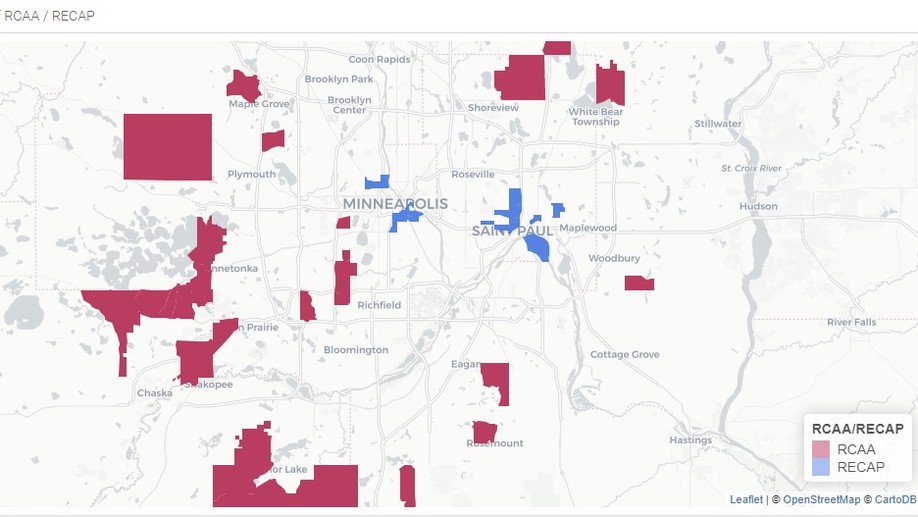Anthony Damiano
Senior Research Associate
University of Minnesota
Center for Urban and Regional Affairs (CURA)
Biography
Hello!
My name is Anthony Damiano, I am a senior research associate at the Center for Urban and Regional Affairs (CURA) at the University of Minnesota. I received my PhD from the Humphrey School in 2021. I received a master’s degree in Urban and Regional Planning at the Humphrey School and my undergraduate degree in Political Science at Marquette University in Milwaukee, WI. I grew up in Iowa City, IA.
Before starting my PhD degree, I worked the Community GIS Program at CURA providing GIS technical assistance to local neighborhood organizations and non-profits.
My research interests include housing policy, community-based research, race and inequality. I do mostly quantitative analysis using R, Stata and ArcGIS. I believe the best and most useful research comes through the co-production of knowlege by and with marginalized communities.
Interests
- Housing & Community Development Policy
- Community-based Research
- Open Data Science
Education
-
PhD in Public Affairs, 2021
University of Minnesota
-
Master of Urban & Regional Planning, 2014
University of Minnesota
-
BA in Political Science, 2010
Marquette University


